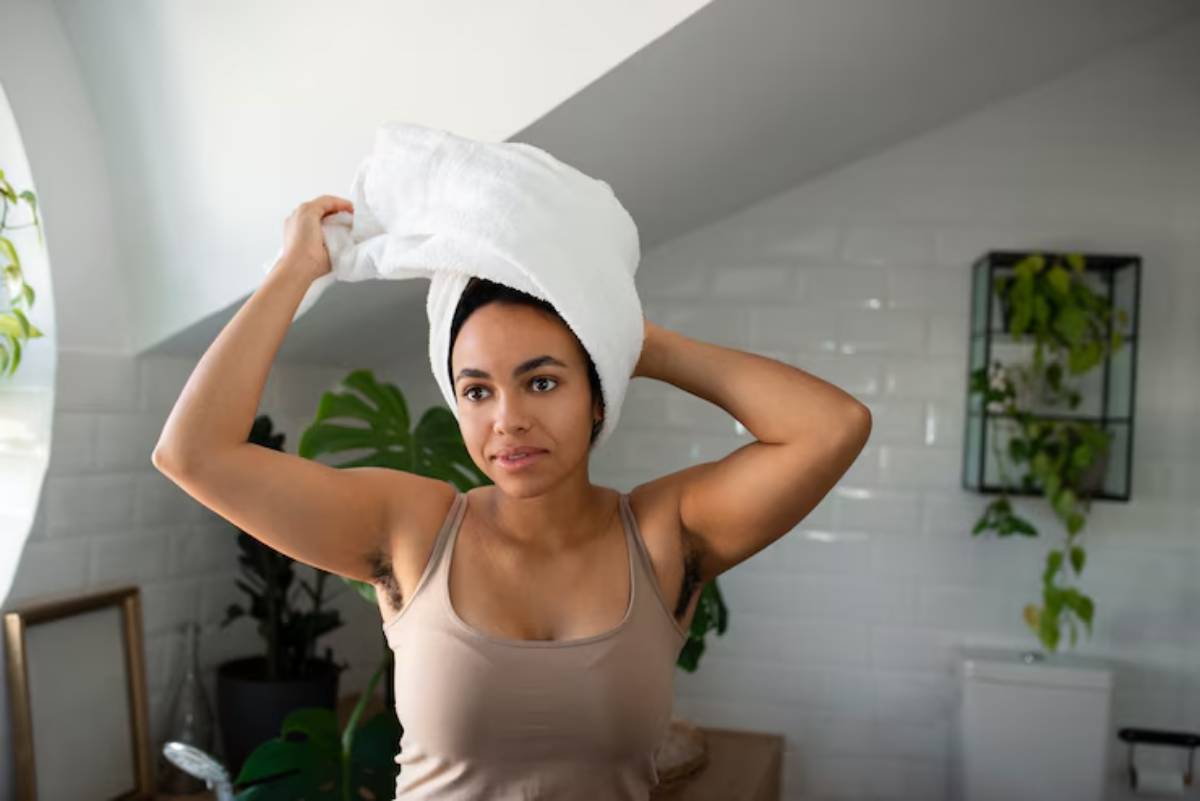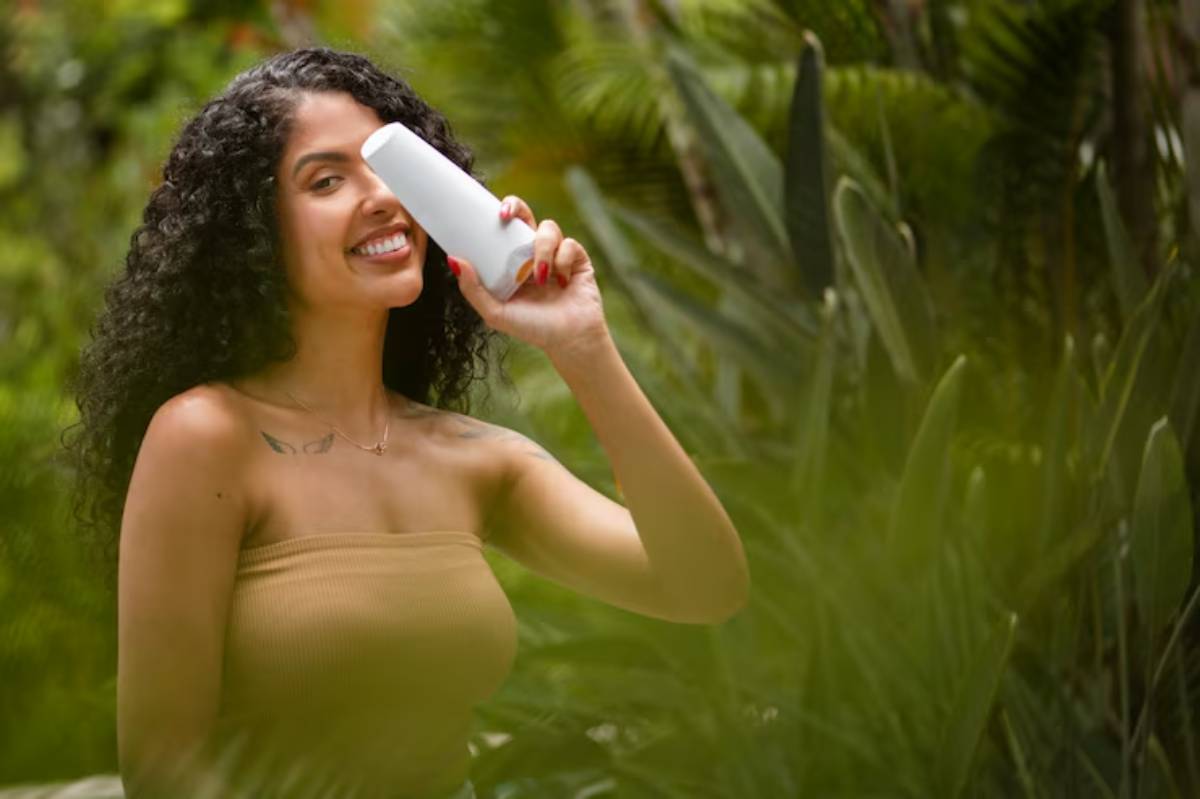
Caring for 3A to 3C Curls
If your curls fall somewhere between loose spirals and tight corkscrews, you’re likely living in the 3A to 3C range of the hair type spectrum. These curl types are stunning, dynamic, and full of personality, but they can also feel like a challenge without the right care.
Perhaps you’ve tried a dozen curl creams, switched between co-washing and clarifying, or simply struggled to get your curls to stay defined from wash day to wash day. The truth? 3A, 3B, and 3C curls each require distinct attention, even though they fall within the same “curly” family.
In this blog, we’ll break down the unique characteristics of each curl subtype, explore what they need to thrive, and share tips to simplify your curly haircare routine — so your spirals can shine with health and definition.
Understanding 3A, 3B, and 3C Hair Types
What Sets These Curl Types Apart?

Each type within the type 3 category varies slightly in shape, texture, and care needs:
- 3A Hair: Loose, S-shaped curls with a silky texture. They’re often more prone to flattening and can struggle with frizz.
- 3B Hair: Medium spirals with more volume and bounce. They’re denser and need more moisture to prevent dryness.
- 3C Hair: Tight corkscrews with densely packed strands. They’re the most fragile of the three and need regular deep conditioning.
Understanding your curl pattern helps tailor your routine — but also remember that most people have more than one pattern on their head!
Cleansing and Conditioning: Setting the Foundation
Gentle Cleansing Without Stripping
Curls thrive on balance, especially when it comes to washing.
- Frequency: Aim to cleanse 1–2 times per week, depending on your lifestyle and scalp needs.
- Product: Choose a sulphate-free shampoo or low-poo that won’t strip your hair of its natural oils.
- Tip: 3C curls especially benefit from co-washing (using a cleansing conditioner), but occasional clarifying helps remove buildup.
Conditioning with Purpose
Conditioning is non-negotiable for curly hair — but it needs to suit your curl type:
- 3A Hair: Light, silicone-free conditioners that offer slip without weight.
- 3B Hair: Richer formulas with moisturising agents like shea butter or coconut milk.
- 3C Hair: Deep conditioners or masks weekly, with a focus on protein and moisture balance.
Detangle in the shower using a wide-tooth comb or fingers, always starting from the ends.
Leave-Ins, Creams and Stylers: Curl Support That Lasts
Leave-In Conditioners
Your first post-wash product should always hydrate:
- Use a spray or cream-based leave-in conditioner.
- Focus on mid-lengths to ends to prevent root buildup.
- For 3C curls, use more product for coverage — for 3A, use sparingly to avoid weigh-down.
Styling Creams and Gels
Depending on your curl density and pattern:
- 3A: Light curl creams or mousses for soft definition.
- 3B: Styling creams followed by gel for hold.
- 3C: Heavier creams and custards work well, but avoid over-applying.
Apply products when your hair is soaking wet or damp, and use the scrunch or raking method to enhance your natural curl clumps.
Learn to build a simple and effective styling routine with Building a Simple Curly Hair Regimen
Drying Techniques: Keep Frizz at Bay
Diffusing vs. Air Drying
Both methods work, but each has a time and place:
- Air Drying: Preserves natural curl shape and reduces frizz for 3A and 3B curls.
- Diffusing: Boosts volume and definition, especially for 3C hair. Use low heat and speed.
The Importance of Plopping

After styling, use a microfibre towel or cotton T-shirt to pat your curls. This:
- Removes excess water without friction.
- Helps maintain curl shape and reduces drying time.
- Encourages root lift and volume.
Moisture Retention and Frizz Control
Curly hair is naturally drier due to its shape, so sealing in moisture is key.
Oils and Sealants
- Jojoba, grapeseed, or argan oil are great for sealing in hydration.
- Apply after your leave-in and stylers, focusing on ends.
- Use sparingly on 3A curls to avoid limpness.
Frizz Control Tips
- Avoid brushing dry hair.
- Sleep on a satin or silk pillowcase.
- Pineapple your hair at night or use a satin bonnet.
- Touch up curls in the morning with a refresh spray or watered-down leave-in.
Deep Conditioning and Protein Treatments
Curly hair, especially 3B and 3C, thrives when you:
- Deep condition weekly: Use masks that replenish lost moisture and elasticity.
- Use protein monthly: Helps strengthen curls, reduce breakage, and enhance definition. Look for hydrolysed protein, keratin, or silk amino acids.
Alternate moisture and protein treatments to keep your curls balanced.
Managing Shrinkage and Enhancing Definition
Shrinkage is part of curly hair life — especially for 3C curls — but it can be managed.
For Less Shrinkage
- Use curl creams with weight.
- Twist-outs or braid-outs can stretch curls.
- Banding (using soft hair ties along the length) helps elongate curls without heat.
For More Definition
- Apply stylers to soaking wet hair.
- Use the “shingling” or “rake and shake” method.
- Consider a curl-enhancing mousse or custard.
Trims, Breakage and Growth
How Often Should You Trim?
Curly ends thin out and tangle easily. Trim every 10–12 weeks to:
- Prevent split ends.
- Maintain shape.
- Encourage healthier growth.
Growth Tips
- Scalp massages with lightweight oils (like rosemary or peppermint).
- Avoid tight styles that pull on the roots.
- Protect hair during workouts and while sleeping.
Embracing Curl Diversity
It’s not uncommon to have multiple curl types on your head — perhaps 3A at the crown, 3C underneath, and a mix in-between.
How to Manage Mixed Curls
- Apply heavier product only to sections that need it.
- Use different techniques (rake vs scrunch) in various zones.
- Embrace the variety — your curl pattern is part of your unique beauty!
Explore our guide to handling multiple textures in Multi-Texture Hair: Managing Mixed Curl Types
Common Mistakes to Avoid
- Skipping the leave-in: Essential for detangling and hydration.
- Using the wrong towel: Terrycloth causes frizz — opt for microfibre.
- Overusing protein or moisture: Balance is key to avoiding mushy or brittle curls.
- Not clarifying: Buildup dulls curls — use a clarifying shampoo once a month.
- Copy-pasting routines: Your curls are unique. Adjust based on weather, health, and product response.
Conclusion: Celebrating and Caring for Your Curl Pattern
Your 3A, 3B, or 3C curls aren’t just beautiful — they’re expressive, dynamic, and worthy of a routine that understands them.
Whether your spirals lean loose or tight, embracing your curl type means recognising that your hair is an evolving story. Some days are defined and bouncy. Others are frizzy and stubborn. But with knowledge, consistency, and a little love, you can build a regimen that celebrates your texture in all its forms.
So take your time, experiment with what feels right, and remember: Your curls don’t need to be tamed. They need to be understood.


